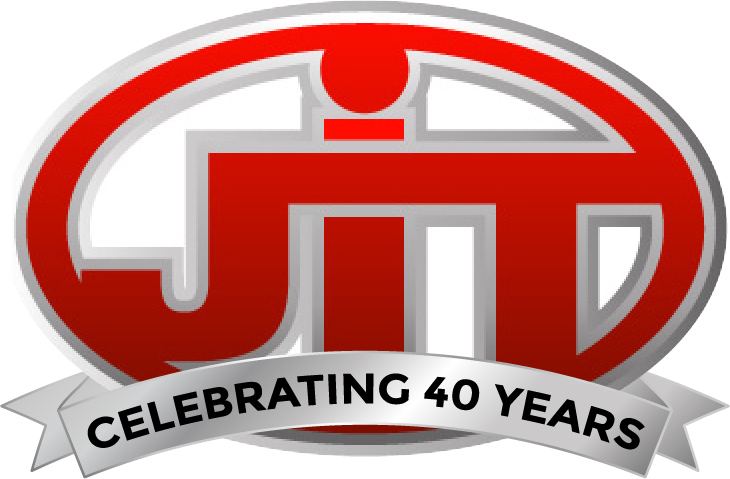Choose Your Forklift First

Why Choose Your New Forklift before Designing Your Warehouse Operation
When it comes to warehouse efficiency and developing a successful operation, we suggest that you start with your forklift. This machine is at the heart of your material handling processes and is the backbone of your warehouse. Once you determine which new forklift is best for you, then design your facility around it.
We know that can be easier said than done, which is why we’re here to help. Talk to us before you design your facility, and we’ll ensure you get the right forklift and that your operation runs smoothly.
The mistake warehouse operations make
The last thing you want is to configure your entire warehouse and have your current forklifts not fit, or purchase a new forklift and not be able to maneuver it effectively. When it comes to laying out a new warehouse, too often we see people set up their racks and then try to make an existing forklift fit. The problem with this approach is that it’s not always possible to find a machine that fits into an existing warehouse operation.
The result? You’ll waste valuable time and money attempting to reorganize your entire warehouse operation to fit the forklift that you need. Working the other way around and choosing your forklift first ensures that your facility matches the machine’s requirements. But first you have to figure out what those requirements are.
How to find the right new forklift
When it comes time to purchase a new forklift, there are several factors you need to take into consideration to make sure everything runs smoothly. First and foremost, you have to think about your material handling requirements.
- What is the stock the forklift be handling?
- What is your average load weight?
- What is the heaviest load you need to lift?
- What is the width of your loads?
You also need to consider how much product you will have to store in your facility and how much you will have to move every day. These factors will help you determine how high you’ll have to stack product, which then determines how high your forklift will have to lift.
Determine your fuel type
There are two primary fuel types for forklifts, electric and internal combustion. Though typically more expensive upfront, electric forklifts are cheaper to power, and they produce zero direct emissions, making them ideal for indoor operations. Depending on the model, how far they are traveling, and your load requirements, however, they may or may not last a full shift on a single charge.
Internal combustion forklifts are powered by either liquid propane, gasoline, diesel, or compressed natural gas. The primary advantages of internal combustion models are that they can be refueled on the fly, they typically have more power and can lift higher capacities, and can have relatively low maintenance costs. Their drawbacks are that fuel is more expensive, and their noise and emissions limit their use in indoor facilities.
Figure out requirements, find a forklift that matches, then design your facility
The type of work you will be completing ultimately determines what type of forklift you need to purchase. It’s crucial then to design a warehouse operation that can accommodate that machine.
- Space your aisles correctly – Calculating minimum forklift aisle width tells you how to set up your warehouse racks and design the layout of your facility. When you purchase a new forklift from JIT Toyota-Lift, we’ll let you know exactly how far apart your racks need to be to effectively maneuver it.
- Stack the right height – Make your racks tall enough to match the max loading height of your forklift. That way, you can store as much product as possible and not be out of range of your machine.
- Proper ventilation – If you plan on using liquid propane or natural gas fueled forklifts, then ensure your warehouse operation has an adequate level of ventilation to prevent the build up of dangerous fumes. Gas and diesel forklifts should never be used indoors.
- Mark forklift only lanes – If your forklifts are traveling longer distances within your facility, then one of the best ways to boost warehouse efficiency is to designate forklift only traffic lanes.
If you already have a facility, then talk to our team
Although we suggest starting with your forklift, then designing your facility, if you already have a warehouse design, then our team can still help you find the right machine. We’ll go over your material handling requirements and the restrictions of your current facility to find a forklift that checks as many boxes as possible without costly reconfigurations. By working closely with our team before you buy, you can use your warehouse space and your forklift as efficiently and productively as possible.
We’re here to help
There are a lot of factors that go into configuring your warehouse, and it can be overwhelming or difficulty to get it right. That’s what we’re here for. If you don’t know where to start and you want to make it easier, then contact our team. We are here to help!
If you have questions about purchasing a new forklift or warehouse efficiency, then click here to contact our team!
